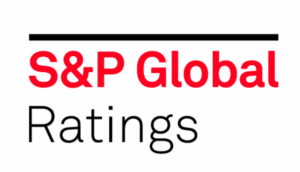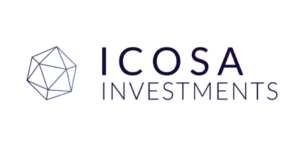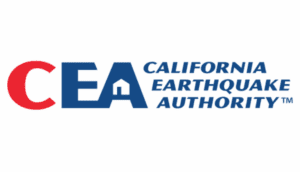Assisting Insurers with Compliance Under California’s New Wildfire Insurance Regulations
This post is part of a series sponsored by CoreLogic.
Over the past five years, wildfires have been particularly devastating across California, leading insurers, homeowners, and regulators to reconsider how they manage and handle risk. This elevated level of activity has placed particular attention on making sure homeowners and insurers are making homes more resilient to wildfire and making wildfire insurance more affordable and accessible to Californians.
The California Department of Insurance’s (CDI) new regulation, Section 2644.9, is changing the way the insurance industry approaches wildfires in California. Carriers are now required to incorporate twelve mitigation factors into their rating plan. Within a 180-day window, they will be required to evaluate the impact of these twelve mandatory variables on their rates, create a CDI compliant rate plan, and communicate these changes to policyholders.
The newly released guidelines by the CDI go into effect on April 12th, 2023. Properties that have enclosed eaves, multi-pane windows, fire resistant vents, as well as other factors will be considered more fire-safe than houses that do not have those elements. By providing a reward to policyholders for undertaking risk mitigation actions, the state is expecting to achieve more resilient communities and, ultimately, lower insurance rates for policy holders.
CoreLogic’s new Wildfire Mitigation Score (WFMS) will assist carriers with meeting the California Department of Insurance’s minimum requirements. This new solution is a risk score that uses artificial intelligence and machine learning to reevaluate a structure’s vulnerability to wildfire risk after community and property-specific mitigations are put in place. It is based on the widely accepted CoreLogic Wildfire Risk Score, while utilizing CoreLogic’s in-house probabilistic wildfire model to validate the impacts associated with mitigation credits.
The score is simple: the lower the score, the lower the risk of wildfire to the property or area in question. It is designed for insurers to seamlessly incorporate into their systems and assist with compliance under the new CDI standards.
Throughout the development of this solution, CoreLogic has continued to leverage granular vegetation data, high resolution satellite imagery, and an extensive property/building characteristics database.
Assessing risk at a granular level is key to differentiating risk. Most currently available hazard estimation tools are based on an outdated, publicly available fuel model at 270×270-meter resolution, which cannot detect variability in hazard. Alternatively, WFMS measures hazard at a 30×30-meter grid – about the size of a residential parcel. In other words, while some may categorize entire neighborhood blocks as high or low risk collectively – leading to errors in risk assessment – CoreLogic is able to differentiate risk effectively between one property and another. Once a high confidence hazard measurement is obtained, the WFMS adjusts the risk with mitigations unique to every property and structure, providing the highest resolution overall score on the market.
California is not the only state where wildfire poses risks. While the incorporation of mitigation is not yet required in other states, WFMS can easily be applied to other states if it ever becomes necessary. This prepares insurers for additional regulations that may arrive in the future.
A burning house impacts more than just the insurance market. Disasters destroy homes, displace residents, and disrupt resident income, leading to plummeting home sales and increasing rates of mortgage default. In this way, the real estate and mortgage lending industries also have an interest in ensuring wildfire risk is mitigated as much as possible.
While we cannot control the occurrence of devastating wildfires, we can provide insurers with an efficient solution for assistance with underwriting and CDI compliance. Learn more about CoreLogic Wildfire Mitigation Score and how CoreLogic can be your trusted partner throughout the California filing process.
©2023 CoreLogic, Inc. The CoreLogic® statements and information in this article may not be reproduced or used in any form without express written permission. While all the CoreLogic statements and information are believed to be accurate, CoreLogic makes no representation or warranty as to the completeness or accuracy of the statements and information and assumes no responsibility whatsoever for the information and statements or any reliance thereon.
Topics
Carriers
California
Catastrophe
Natural Disasters
Legislation
Wildfire
Interested in Carriers?
Get automatic alerts for this topic.




